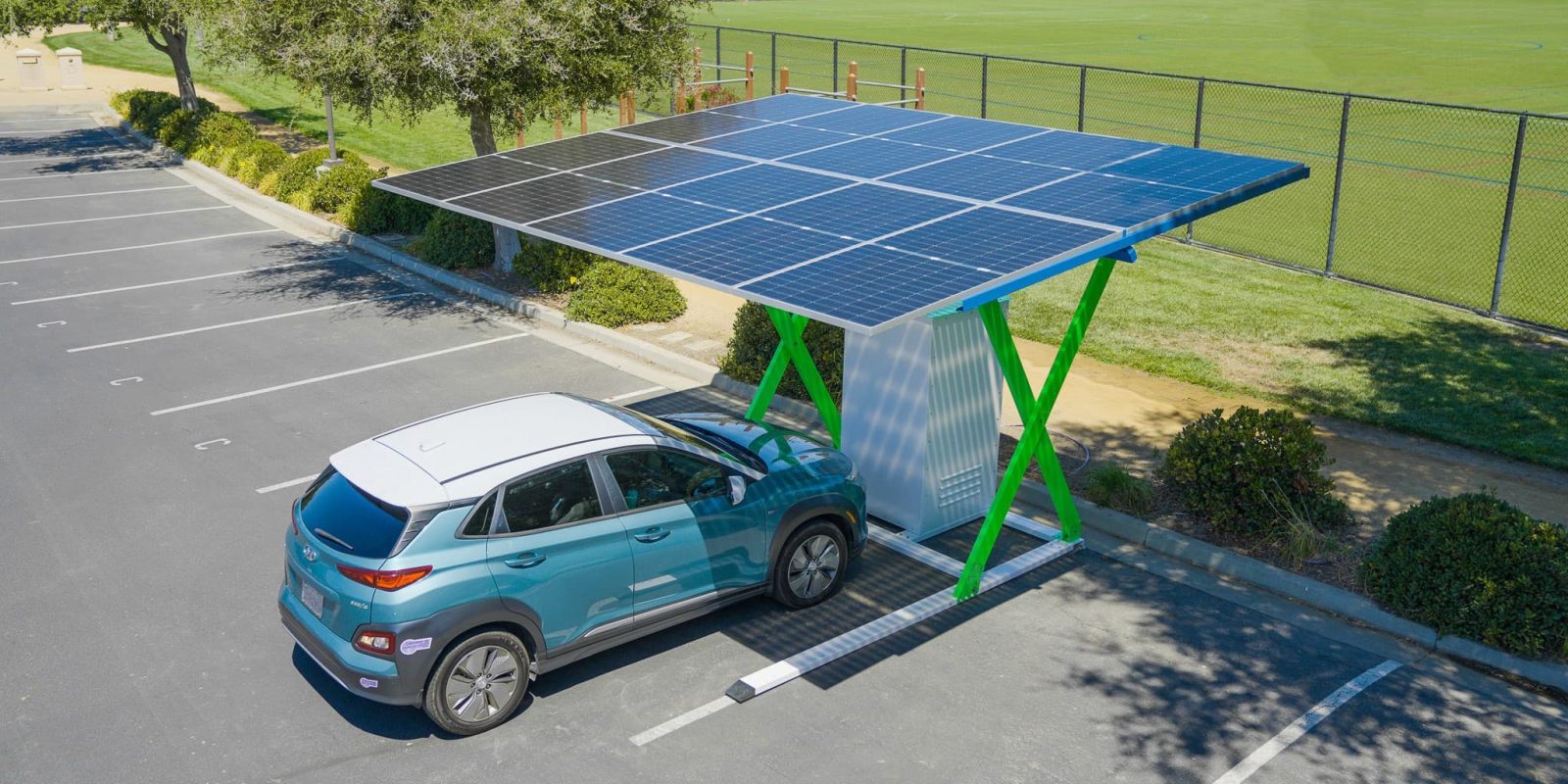Solar-Powered Vehicle Debuts in North Africa, covers 620 Miles

By Yemi Olakitan
The first off-road solar-powered vehicle, the Stella Terra, has finished a 620-mile test journey across North Africa without the need for recharging.
It was learnt that the moss green car can operate even in distant locations without electric vehicle (EV) charging facilities since all of its electricity comes from solar panels mounted on its rounded roof.
Reports say the solar car’s battery is able to cover 441 miles on standard roads and 342 miles off-road on a sunny day, with a maximum speed of 90 miles per hour. However, the Stella Terra may be limited to a range of around 31 miles when clouds block the sun.
But scientists have expressed the hope that with solar-powered appliances like TVs and freezers as well as lighting and heaters, solar energy makes up a significant portion of the renewable energy mix.
Stella Terra incorporates design features from a campervan that Solar Team Eindhoven previously developed. The car’s seats can be fully reclined into a bed, and its solar panels can be extended to increase charging efficiency and produce an awning for shade.
As stated in a press release from Eindhoven University of Technology, signed by the Team Manager of Solar Team Eindhoven, Wisse Nos said: “We are pushing technological limits. With Stella Terra, we want to show that the transition to a sustainable future offers reasons for optimism and encourages individuals and companies to accelerate the energy transition.
“Stella Terra needs to be strong enough to endure off-road conditions without sacrificing its efficiency or low weight to run on solar energy.
“For this reason, we had to design practically everything for Stella Terra ourselves, from the suspension to the inverters for the solar panels.
“It was a fantastic trip that concluded well. The efficiency of Stella Terra was unpredictable. We weren’t sure if we would survive using solar power because of this. Stella Terra used thirty percent less energy than anticipated throughout the voyage.”
Because Stella Terra has a rechargeable lithium-ion battery, it can operate for shorter periods of time on cloudy days.
Its solar panels also generate enough electricity to power cooking appliances, phone chargers, and camera batteries.
The car performed successfully in its road tests from Tangier, Morocco, via Fes, and into the Sahara Desert, despite some initial problems with the steering system.
“We hope that this will serve as motivation for automakers like BMW and Land Rover to turn their business into one that is more environmentally friendly,” Bos added.
According to Bob van Ginkel, the project’s technical manager, the car was actually very comfortable in the off-road conditions because it is very light and does not get stuck.
He said the efficacy of the car’s solar panel converter in converting absorbed sunlight into electrical charge through photovoltaic cells was 97%.
Stella Terra’s weight is almost 25% that of a typical midsize SUV, meaning that it needs bigger and heavier batteries to run than other EVs.
Van Ginkel stated: “We can have a much smaller battery because we are charging while driving, which is one of the benefits of the solar panels on top.”
He further stated that the car’s aerodynamic design reduces drag, and it is built using “lightweight and robust” materials to further reduce weight.
However, a major obstacle in the development of solar-powered cars is the restricted surface area of the solar panels. The cost of producing solar panels with high efficiency and long-range electricity generation is significant.
Funding was donated by sponsors to the non-profit group responsible for designing Stella Terra.
Unlike oil and coal, solar doesn’t spew toxic chemicals in to the atmosphere or add to greenhouse gas emissions. It reduces the need to burn fossil fuels, which results in a drop in air pollution and greenhouse gases.
CNN reports that Solar also supplements local hydro-power, which is dependent on an ever-declining supply of freshwater, requires expensive upkeep, and has the tendency to disturb salmon and other wildlife.
The amount of sunlight that shines in the United States alone is more than 2,500 times the country’s average daily energy usage. This is an example of the potentials of solar energy.
With very few components and no moving parts, solar systems last 30 years or more and require little to no maintenance. This means that even if you sell your home or business, the next owner will become the beneficiary of your investment.
